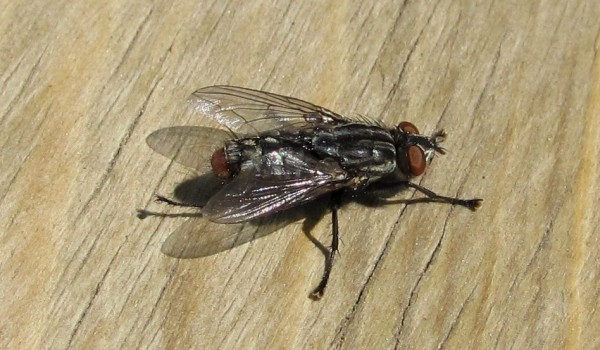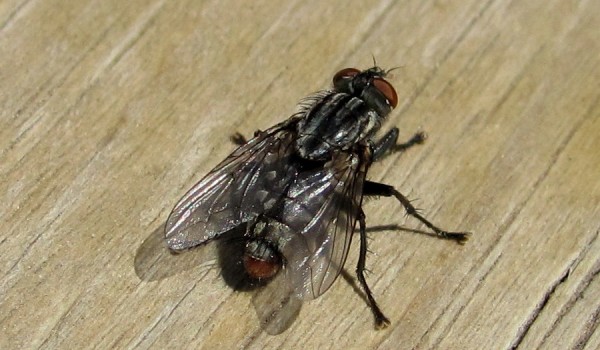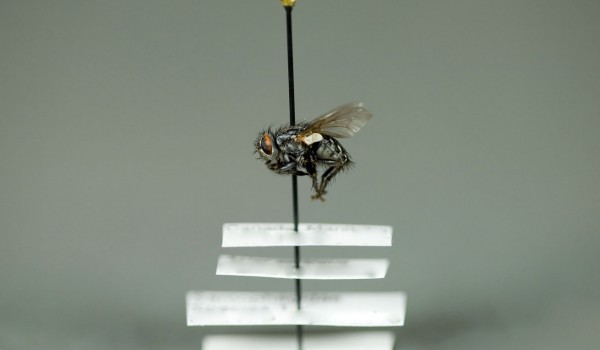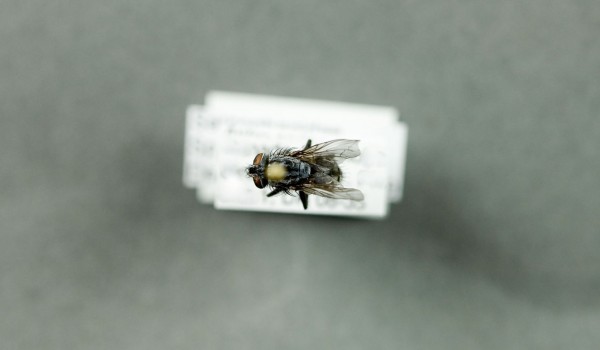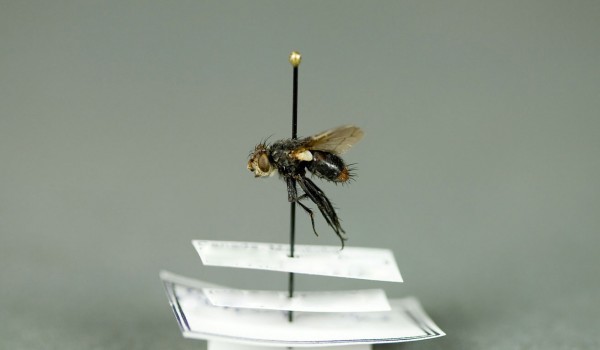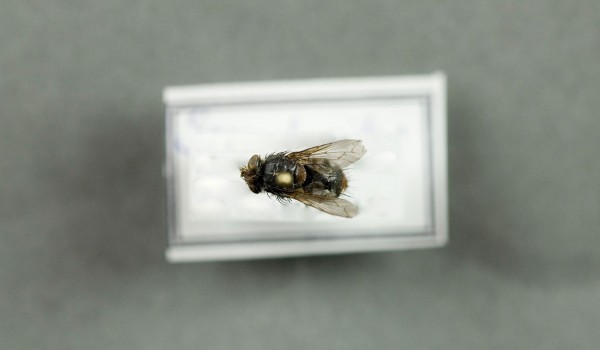Flies (Diptera)
Flesh Flies
SarcophagidaeAs the name suggests, Flesh Fly larvae typically feed on dead and living tissues of animals, usually mammals. However, some species feed on animal feces (often from cows) while others are parasites on arthropods, or warm or cold-blooded vertebrates. The adults are vegetarians that feed on sugary substances including honeydew, flower nectar, tree sap, and fruit juices. They commonly visit plants with shallow flowers, such as those in the Aster family.
Representative Genera and Species:
Blaesoxipha, Boettcheria, Helicobia, Oebalia, Opsidia, Ravinia, Sarcophaga, Senotainia, Wohlfahrtia
Pollinator Life Cycle:
Development from egg to adult occurs in 16 – 30 days, and several generations may be produced each year. Instead of laying their eggs, the females of most species incubate them inside their bodies, and give birth to live young (larvae). Pupation, then development into the adult stage follows.
Rarity Status:
The status of Canadian species has not yet been assessed, and none are legally protected.
Physical Appearance:
These robust flies have a wide head, and range from 2 to 18 mm long. They are usually coloured black and grey, with a striped or checkered pattern. They are never metallic, but sometimes have a partly to entirely red abdomen. They have well developed calypters and antennae that are feathery at the base.
Pollinator Habitat:
The larvae of most species are scavengers and live in carrion, decaying organic matter, or feces. Others feed on living tissues and may invade wounds, or are internal parasites of other insects and/or vertebrates (including humans). Some species are found associated with bee/wasp nests where they consume provisions intended for the host’s larvae.
Canadian Distribution:
- Alberta
- British Columbia
- Manitoba
- New Brunswick
- Newfoundland/Labrador
- Ontario
- Quebec
- Saskatchewan
Prairie Types:
- Fescue Prairie
- Mixed Grass Prairie
- Tall Grass Prairie
Associated Plants:
-
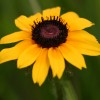 Black-eyed Susan
Black-eyed Susan
-
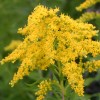 Canada Goldenrod
Canada Goldenrod
-
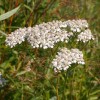 Common Yarrow
Common Yarrow
-
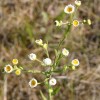 Daisy Fleabane
Daisy Fleabane
-
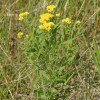 Flat-top Goldenrod
Flat-top Goldenrod
-
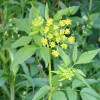 Golden Alexander
Golden Alexander
-
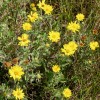 Hairy Golden Aster
Hairy Golden Aster
-
 Large-flowered False Dandelion
Large-flowered False Dandelion
-
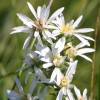 Many-flowered Aster
Many-flowered Aster
-
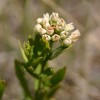 Pale Comandra
Pale Comandra
-
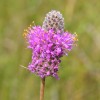 Purple Prairie-clover
Purple Prairie-clover
-
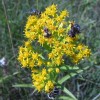 Riddell's Goldenrod
Riddell's Goldenrod
-
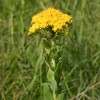 Rigid Goldenrod
Rigid Goldenrod
-
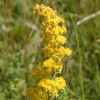 Showy Goldenrod
Showy Goldenrod
-
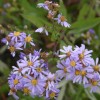 Smooth Aster
Smooth Aster
-
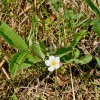 Smooth Wild Strawberry
Smooth Wild Strawberry
-
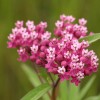 Swamp Milkweed
Swamp Milkweed
-
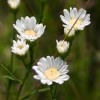 Upland White Goldenrod
Upland White Goldenrod
-
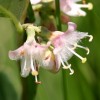 Western Snowberry
Western Snowberry






